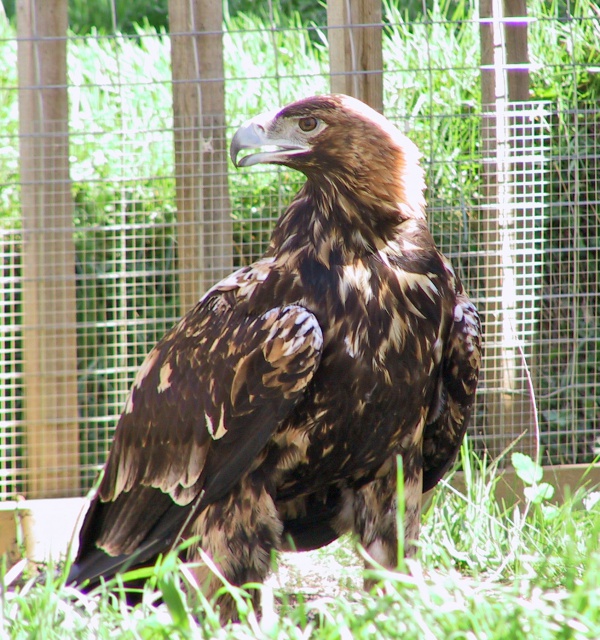Facts About Spanish imperial eagle
The Spanish imperial eagle, also known as the Iberian imperial eagle, Adalbert's eagle, or simply the Spanish eagle, is a threatened bird of prey endemic to the Iberian Peninsula. Although it was once regarded as a subspecies of the eastern imperial eagle, researchers now recognize it as a distinct species, distinguished by unique differences in appearance, behavior, and genetic composition.
This majestic raptor is similar in size to its eastern counterpart, characterized by dark plumage and striking white wing patches. These eagles are predominantly found in central and southwestern Spain and parts of Portugal. Their preferred habitats include dry, mature woodlands where they nest, and their diet is diverse, comprising European rabbits, birds, and other small mammals.
Regrettably, the Spanish imperial eagle faces numerous threats, such as habitat destruction, human encroachment, collisions with powerlines, and illegal poisoning. However, thanks to dedicated conservation efforts initiated in the 1980s, the population has seen a resurgence. By 2011, the number of breeding pairs had increased to 324. This positive trend can be attributed to various conservation measures, including reducing mortality from powerlines, providing supplementary food, repairing nests, reintroducing eagles to suitable habitats, and minimizing disturbances during the breeding season.
At present, the Spanish imperial eagle is listed as Vulnerable by the IUCN. Continued conservation efforts are imperative to ensure the survival of this magnificent species.

 Morocco
Morocco